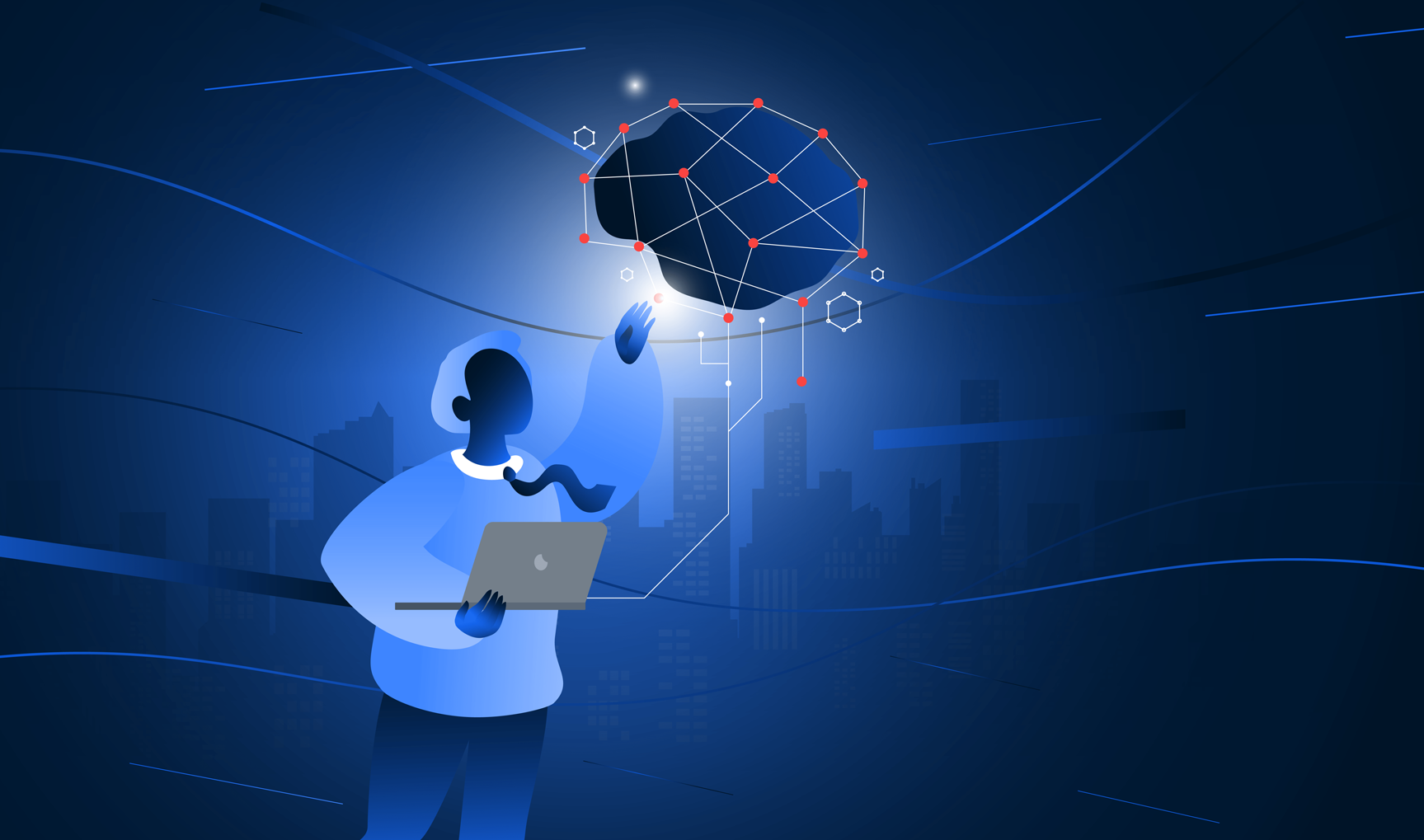Simply, the Product Canvas defines the solution and is easily translated into the Product Backlog which forms the backbone of the Agile process and is the one source of truth to which all involved can turn.
Once a team has worked through the Product Vision Canvas and the Business Model Canvas, we join teams to create the Product Canvas.
The top row of the Product Canvas details the product name, the product goal and the metrics to measure whether the goal has been reached. The section below details; the target group which sketches personas based on users and customers; the most important aspects of app development that describe the product’s functionality. The right hand side column gives us a goal and to-do-list for the first iteration.
Name, Goal and Metrics
The name does not have to be the product name. When we send out our preliminary questionnaires, we ask for everyone to give the product a name and pick from there. It helps keep creativity and play alive. What is the goal of the product? Why this product? How is this product changing the world for good? And the app development needs to be measurable! Make sure to give this some thought. How will you measure success or failure and what metrics can be used?
Target Group > Big Picture > Product Details
Why consider these aspects in this order? To ensure that the first step is focused on the user and that that step flows throughout the process. Spend time understanding your Target Group. There are several great tools to assist and we will cover them in future blogs. Tools such as personas, journey mapping, interviews, and research into trends and competitors. If possible, turn to Google Analytics, surveys and collected data. The more you understand your user, the more able you will be to create a solution that they love and become ambassadors for.
Once you understand your user, you can map their process or their user journey and use this to inform the app development. Try not get carried away and build a castle on a hill, when what the user needs is a studio apartment in the city. User Stories / User Journeys are a helpful tool as are storyboards, sketches, and scenarios. These can then be used to create epics. Remember epics are what grounds the app development. Don’t get into details with epics, this is about the critical components of the app. From here, one moves into the Product Details.
Epics give us the overall view of the product landscape. From this vantage point, we can drill down into implementable actions that lead to the goal. Make sure to be detailed here. Use the tools that assist the team in reaching their goals and keep the user and their needs in mind at each step.
Like all tools in the Agile landscape, the Product Canvas is a tool for learning. It gives us a foundation to stand on as we venture forth into the changing landscape of app development. Everytime we take a step, we are not always certain of what the user will say or how the app development will unfold, but as Roman Pichler states,
“the Product Canvas brings together key pieces of information necessary to create a new product: the users and their needs, the products functionality and the user interaction”

Pichler Consulting





